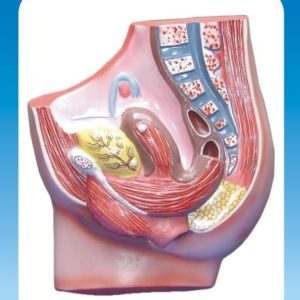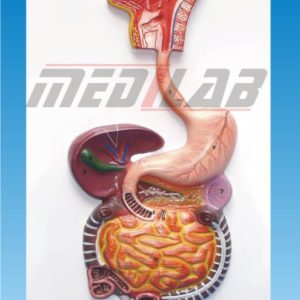Description
A human circulatory system model is a physical representation of the structure and function of the circulatory system, which includes the heart, blood vessels, and blood. These models are typically used in educational or medical settings, such as biology or cardiology classes, to teach students about the anatomy and physiology of the circulatory system.
The model is usually made of synthetic materials, such as plastic or silicone, and may be life-sized or scaled down in size. It typically includes the major structures of the circulatory system, such as the heart, arteries, veins, and capillaries. Some models may also include the structures of the lungs or other organs that are involved in the oxygenation and circulation of blood.
Circulatory system models can be used to demonstrate the relationship between the different components of the circulatory system and their functions in the body, as well as the path of blood flow throughout the body. They may also be used to teach about the effects of disease or injury on the circulatory system, such as heart disease or stroke. Some models may also include a cross-section or cutaway view to show the internal structure of the heart and blood vessels in greater detail.







